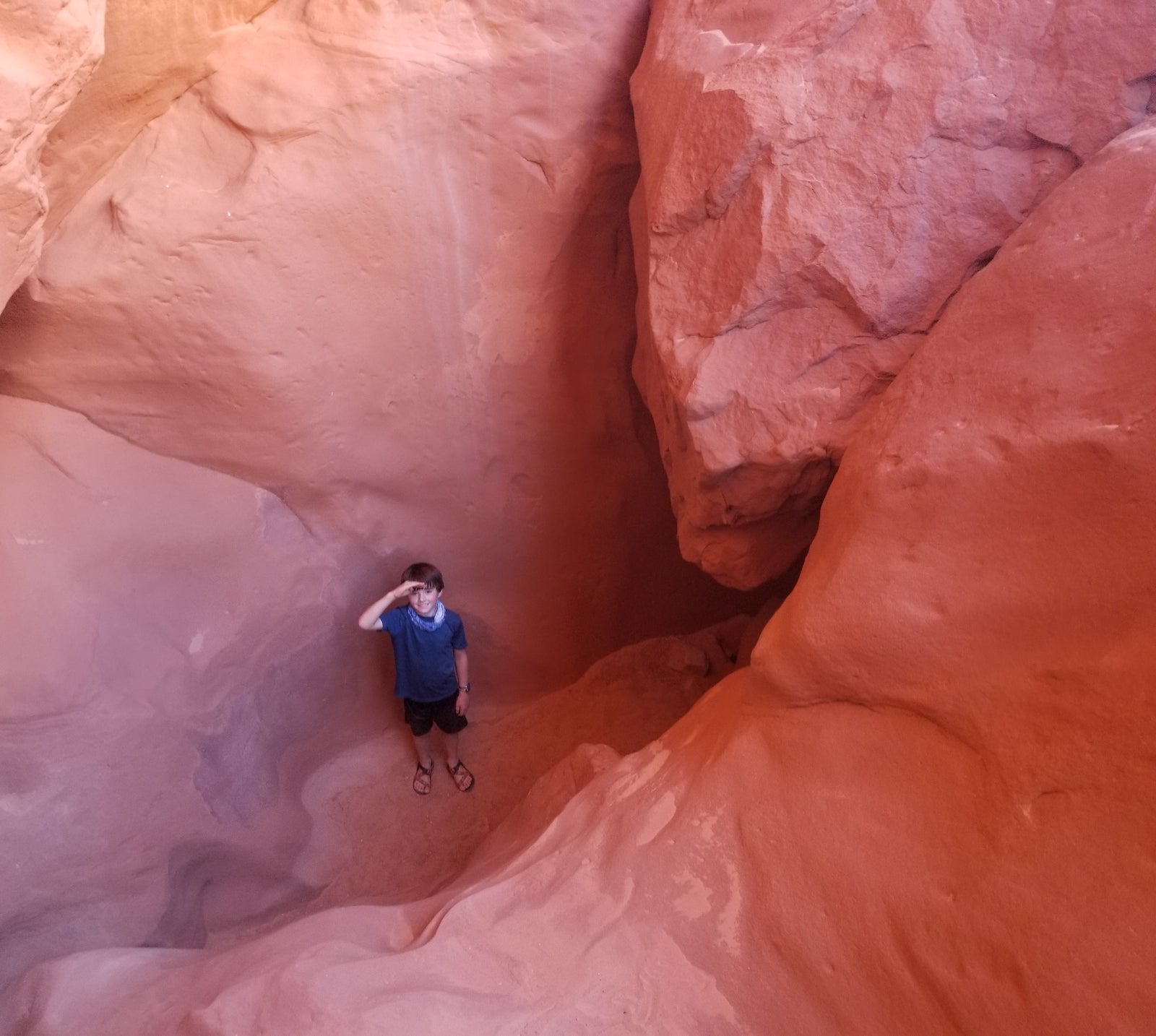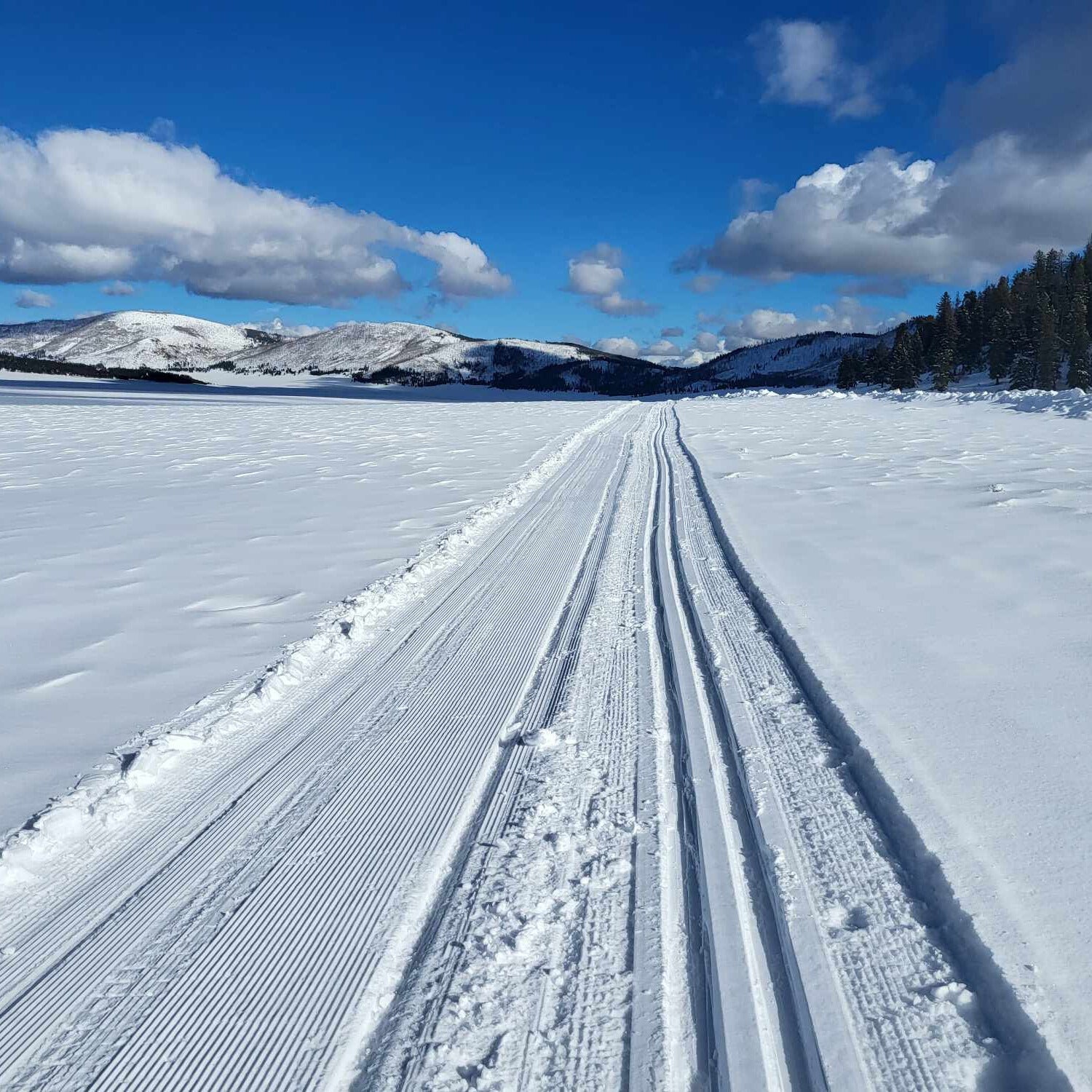Your Cart is Empty
accepting gear drop offs Mon-Sat 10am-5pm. No Consignment acceptance on Sundays.
accepting gear drop offs Mon-Sat 10am-5pm. No Consignment acceptance on Sundays.

Easy ways to stretch the camping season...
The desert, with its expansive landscapes, towering red rock formations, and intricate slot canyons, is a backpacker's paradise. This unique environment, however, requires careful planning and the right gear to ensure a safe and enjoyable adventure. Here’s a comprehensive guide to what you need for desert and canyon backpacking.
Utah’s desert regions, including famous spots like Zion National Park, Bryce Canyon, Arches, and Canyonlands, offer some of the most stunning and otherworldly landscapes in the United States. The terrain varies from vast open spaces and rugged mountains to narrow, twisting canyons that beg to be explored. The isolation and beauty of these areas provide a profound sense of peace and adventure.
There are two things to keep in mind when gearing up for backpacking in the desert: 1) While the cost of the gear can be expensive up front, once you have it, backpacking is basically free; and 2) buying used gear from the Durango Outdoor Exchange can be a very smart way to get your gear.
Here is why buying used gear is so smart: High-end camping gear is not cheap, but it does depreciate quickly, meaning you can get a great tent, backpack, or stove for about what you’d pay for a department store version, only the quality is vastly better. Further, most camping gear is lightly used—even hard core backpackers may only be out a dozen nights a year, meaning that you are getting great, lightly used gear for a fraction of what you pay new.
But where to get good used gear in Durango? TheDurango Outdoor Exchange is packed to the rafters with seasonally appropriate new and used gear, including everything you need for backpacking in the desert. Stop by or call today.

Work crews were busy over the off season making changes to ski areas across the region. While the hoped-for new lifts at Purgatory aren’t going to spin, there are plenty of reasons for you toget some wax (or new skis) from Durango Outdoor Exchange and hit the slopes this winter.

Thanksgiving is almost here–and skiing this early is always a gamble. Here are some non-skiing warm(er) weather destination ideas for the long break.

Just a couple hours from Durango, Valles Caldera is a great cross-country skiing destination, with surprisingly good snow and very few visitors.
Valles Caldera National Preserve is a popular hiking destination in the summer and a surprisingly great skiing destination in the winter.